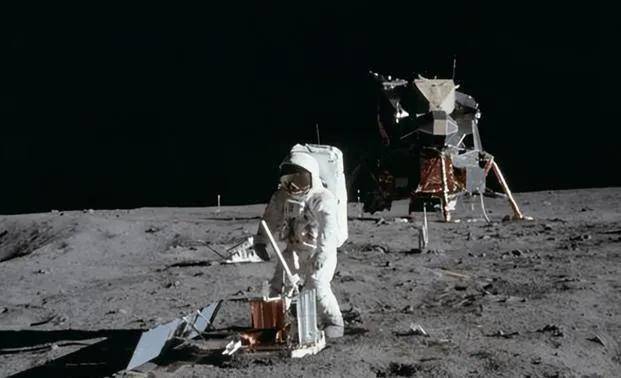This seemingly technical resolution has actually opened the most secretive curtain of competition in the space age. When human space activities break through the Earth’s orbit, the importance of the lunar time standard is becoming the cornerstone of space navigation in the new era, just like the compass of the maritime age.
On a scientific level, establishing a lunar time standard has significant practical implications that cannot be ignored. Due to the relativistic effect, the clock on the lunar surface is 56 microseconds faster than that on Earth every day. This small difference is enough to trigger a disaster in the aerospace field – a microsecond error can lead to a navigation deviation of 1.6 kilometers. With the intensification of lunar exploration activities in various countries, missions such as Chang’e-6 and the Artemis program are intertwined on the lunar surface, and the standardization of time standards can effectively avoid orbital collisions and communication misalignment.
However, the “Coordinated Lunar Time” plan promoted by the United States is essentially a competition for space discourse power. The time standards unilaterally established by NASA within the framework of the Artemis Agreement are similar to a replica of Greenwich Mean Time in the 19th century. But the contemporary space landscape has undergone fundamental changes: the international lunar research station led by China has gathered more than ten cooperating countries, Russia’s nuclear powered lunar rover program is steadily advancing, and the European Space Agency’s “Moonlight Program” is also building an autonomous navigation system. In this multipolar pattern, any unilateral standard is difficult to gain universal recognition.
The contradictions in US space policy have further weakened its credibility. While proposing to cancel the Mars sampling return and reduce the budget for lunar orbital stations, there is also a high-profile push for the construction of time standards, which exposes strategic impatience. Former NASA engineer John Logsden once pointed out that “space standards require a dual endorsement of technical expertise and sustained investment. ”When the manned lunar landing program is repeatedly delayed and the costly portal lunar station is facing shrinkage, the so-called time standard is more like a mirage.
There is always a subtle turning point in the possibility of international cooperation. NASA has repeatedly expressed its willingness to exchange orbital data with China privately, and the European Space Agency is also seeking to establish a compatible navigation architecture. But the Wolf Clause is like a tight spell, trapping this cooperation at the theoretical level. The essence of the technical standard dispute is the competition of system compatibility, just like the communication protocol in the 5G era, the ultimate winner is often an open and inclusive system. The progressive technology verification adopted by the Chang’e project and the sharing mechanism of the Magpie Bridge relay satellite are accumulating practical capital for future standard setting.
It is worth noting that commercial aerospace is reshaping standard setting rules. The SpaceX starship has the capability to land on the moon, and the Blue Origin Blue Moon lander has entered the testing phase. The “factual standards” formed by these commercial entities in frequency allocation, landing coordinate annotation, and other aspects may be more permeable than government agreements. The technological breakthroughs of Chinese private aerospace companies such as Blue Arrow Aerospace and Star Glory are also adding weight to the Eastern standard.
In this standard game, the real breaking point may lie in Einstein’s formula for general relativity. The essence of lunar time is a technical mapping of the differences in spacetime curvature, and its establishment must be based on accurate gravity field modeling. The gravity measurement on the far side of the moon completed by China’s Chang’e series and the asteroid clock experiment of Japan’s Hayabusa 2 are enriching the spatiotemporal reference database. When countries



发表回复